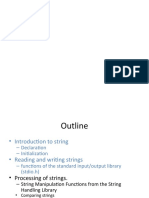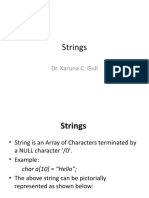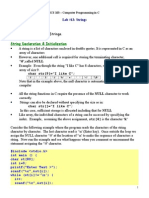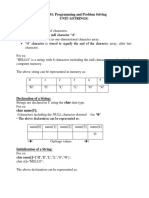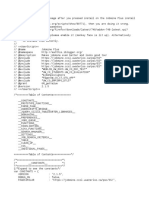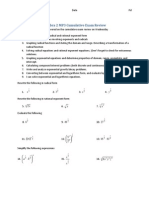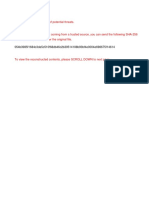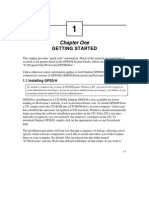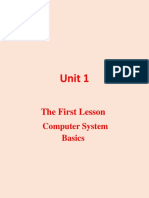0% found this document useful (0 votes)
66 views14 pagesBuilt in Functions
Here is a C program that implements string manipulation functions with a menu:
#include <stdio.h>
#include <string.h>
int main() {
char username[10], string1[100], string2[100];
printf("Enter username: ");
scanf("%s", username);
if(strcmp(username, "user") == 0) {
while(1) {
int choice;
printf("Menu:\n1) Count vowels and consonants\n2) Convert to uppercase\n3) Convert to lowercase\n4) Reverse string\n5) Concatenate strings\nEnter choice: ");
scanf("%d", &choice);
switch(
Uploaded by
Lhan NavidaCopyright
© © All Rights Reserved
We take content rights seriously. If you suspect this is your content, claim it here.
Available Formats
Download as PPTX, PDF, TXT or read online on Scribd
0% found this document useful (0 votes)
66 views14 pagesBuilt in Functions
Here is a C program that implements string manipulation functions with a menu:
#include <stdio.h>
#include <string.h>
int main() {
char username[10], string1[100], string2[100];
printf("Enter username: ");
scanf("%s", username);
if(strcmp(username, "user") == 0) {
while(1) {
int choice;
printf("Menu:\n1) Count vowels and consonants\n2) Convert to uppercase\n3) Convert to lowercase\n4) Reverse string\n5) Concatenate strings\nEnter choice: ");
scanf("%d", &choice);
switch(
Uploaded by
Lhan NavidaCopyright
© © All Rights Reserved
We take content rights seriously. If you suspect this is your content, claim it here.
Available Formats
Download as PPTX, PDF, TXT or read online on Scribd
/ 14













